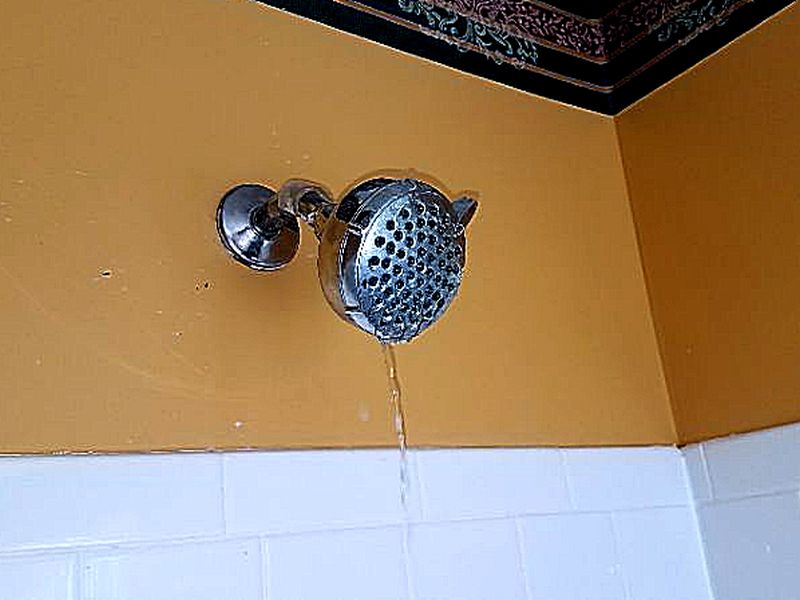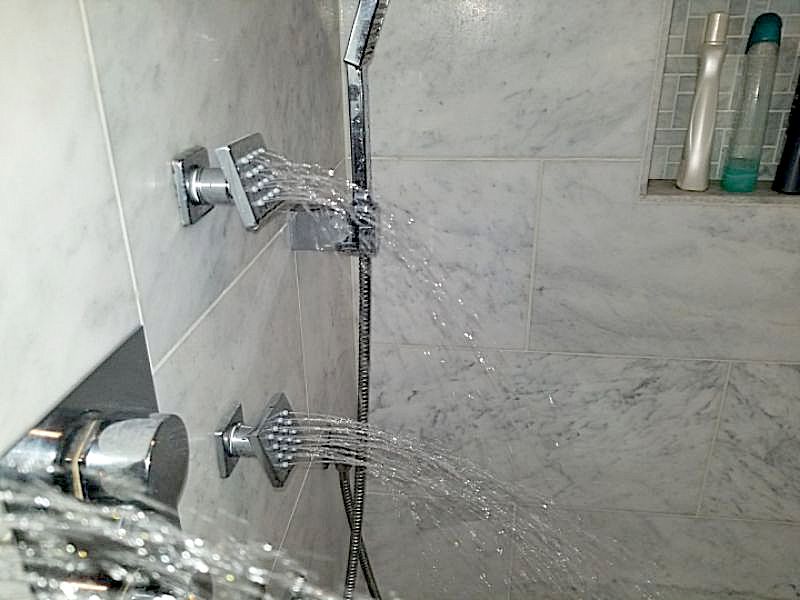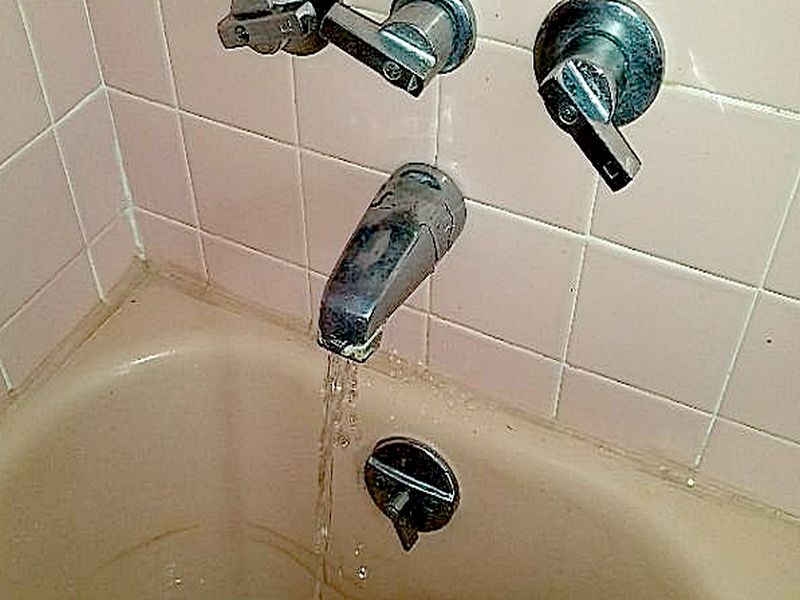Much of what we look at with tubs and showers is all about a basic idea: you have to be able to pour 60+ gallons of water into a tub, or spray it all over the inside of a shower stall, without causing damage. This means that the drains, faucets, and spouts can’t leak. Any surrounds or enclosures must be sound. Additionally, we must ensure homeowner safety and basic functionality.
Inspect inside before you run the water, using your flashlight and whatever tool you tap on tiles with. Ensure full grouting and caulking and no loose or soft areas. If possible, step into any acrylic tub or shower base and let your weight down on your foot. You are looking for deflection and/or cracks. Run the water: is the hot on the left and cold on the right when facing the outlets? Check that fixtures are not loose, damaged, and operate well. Is the flow good, without spray outside of the enclosure? Does the diverter work well? When checking a drain, don’t let the tub spout pour water directly on it: that blocks drainage. A drain should not back up when water is sprayed elsewhere, and should not leak out if sprayed on the enclosure. Be alert to potential cross-connection or siphonage issues. Don’t forget to use your IR camera.
The tub is cracked or damaged. This permits leaks and water damage. Repair or replace the tub as needed.
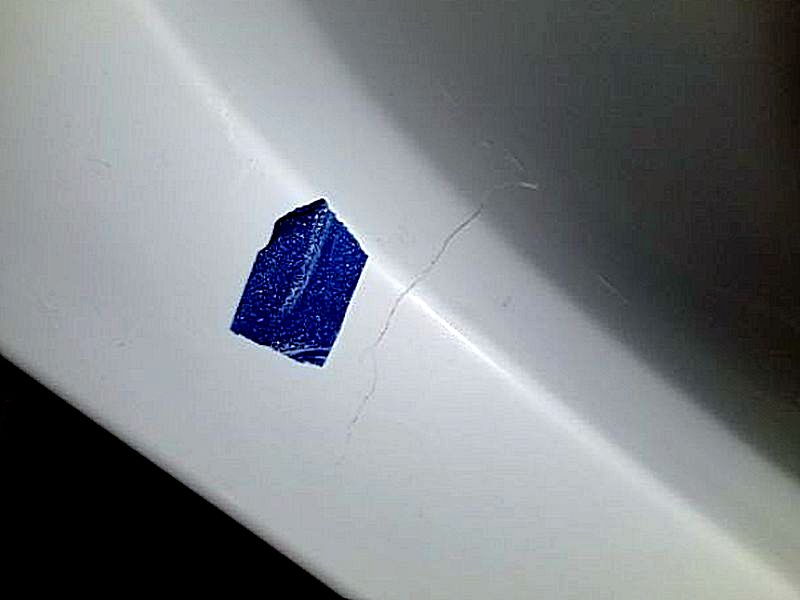
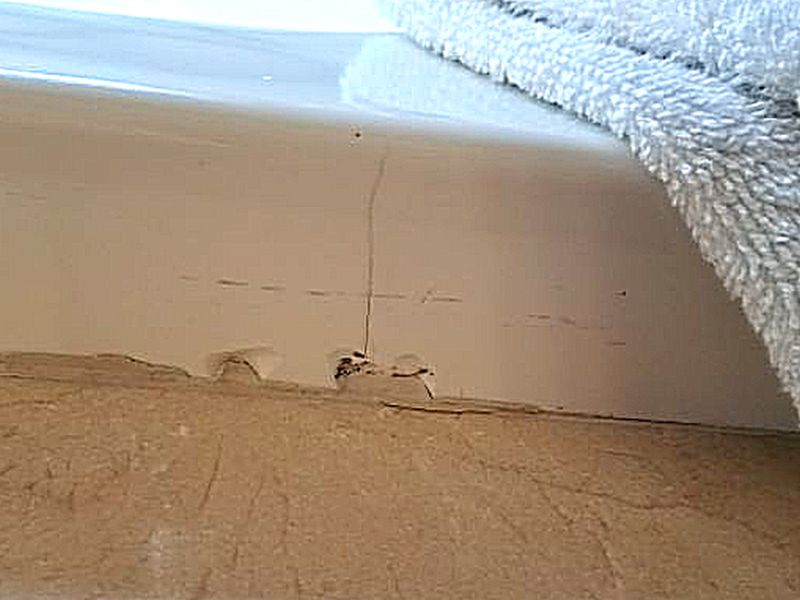
The tub is leaking. This permits water damage. Hire a plumber to evaluate the tub and to make required repairs.
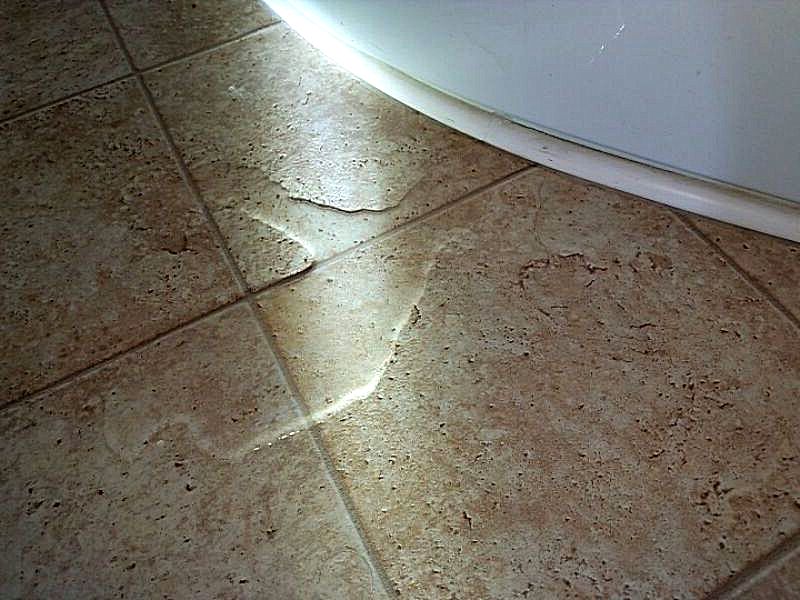
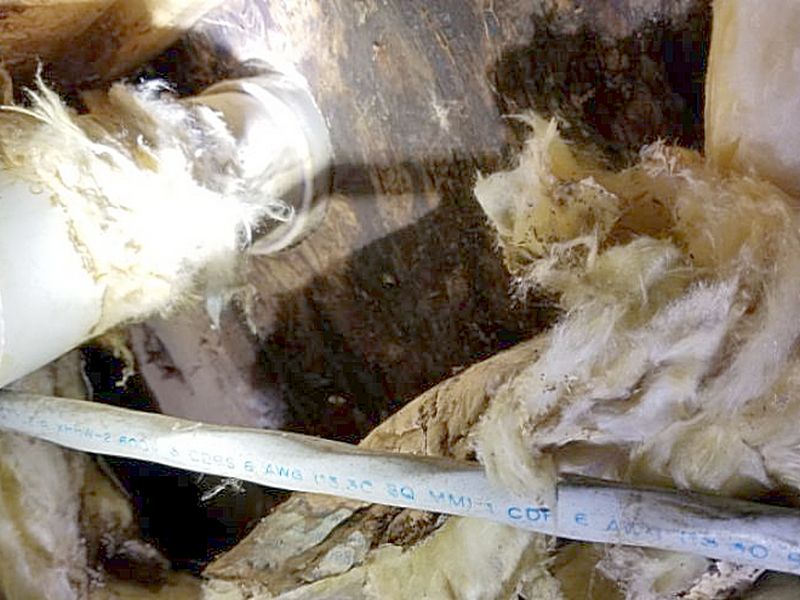
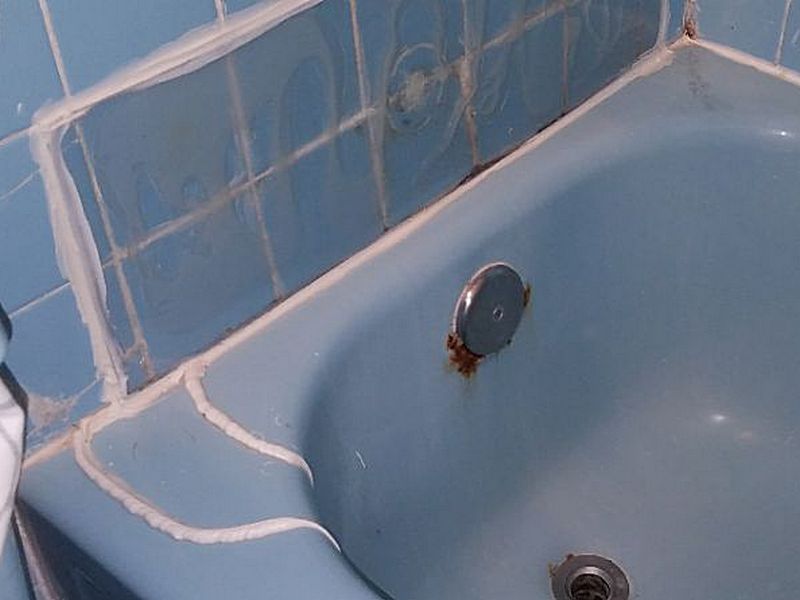
The shower pan is cracked or damaged. This permits leaks and water damage. Repair or replace the pan as needed.
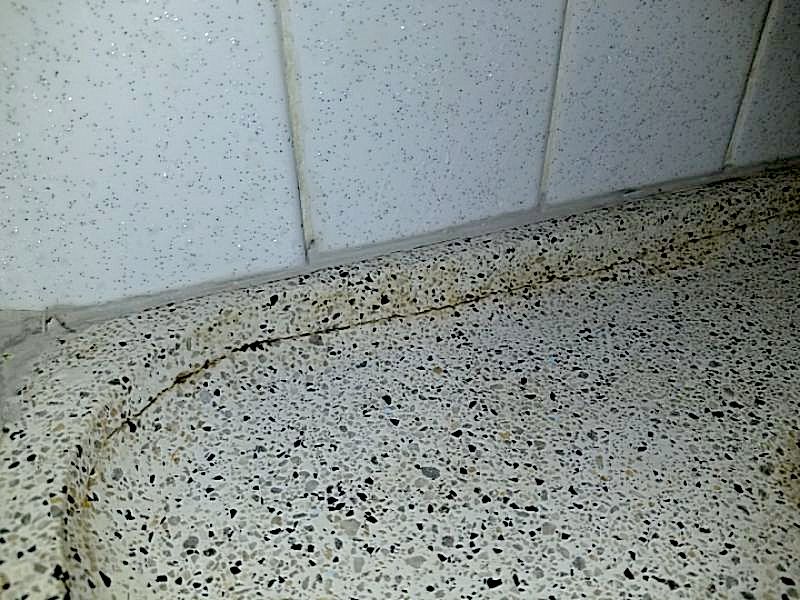
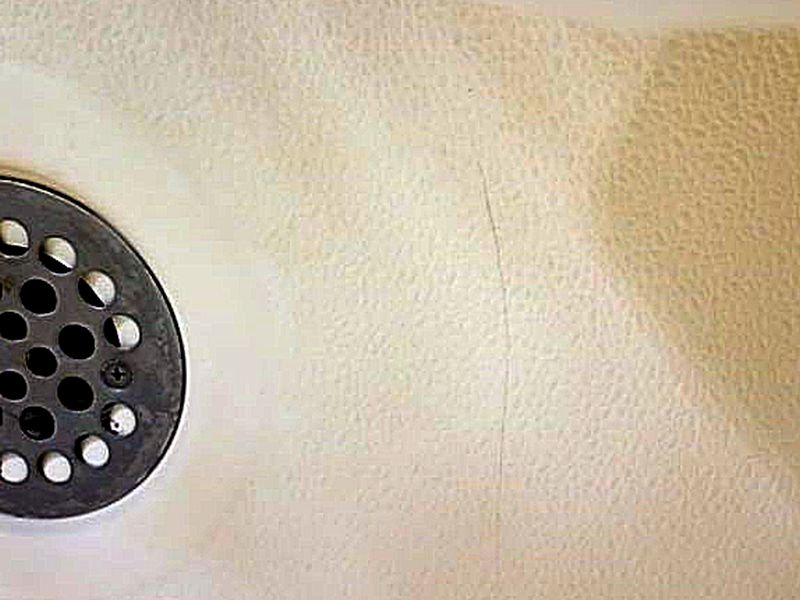
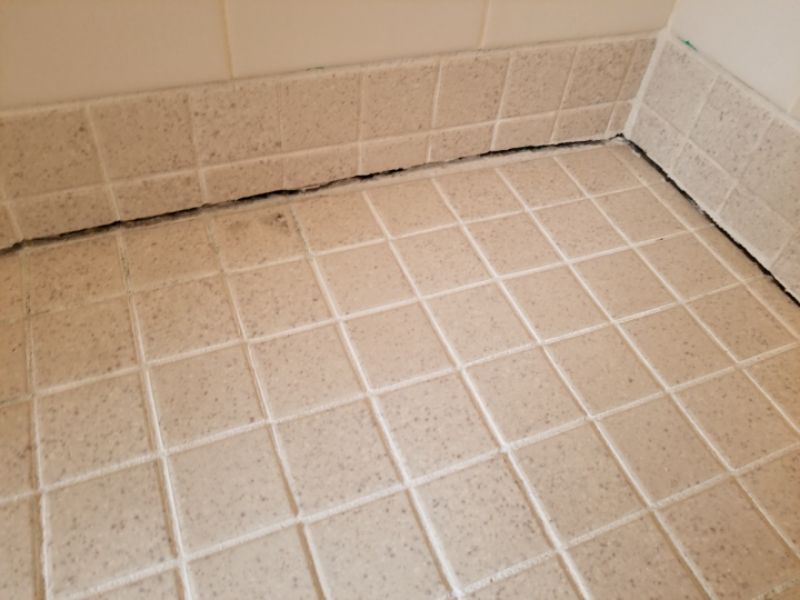
There is evidence of active leakage from the shower pan. This allows water damage. These pans typically cannot be repaired. Hire a contractor for an evaluation and to repair or replace the shower pan as needed.
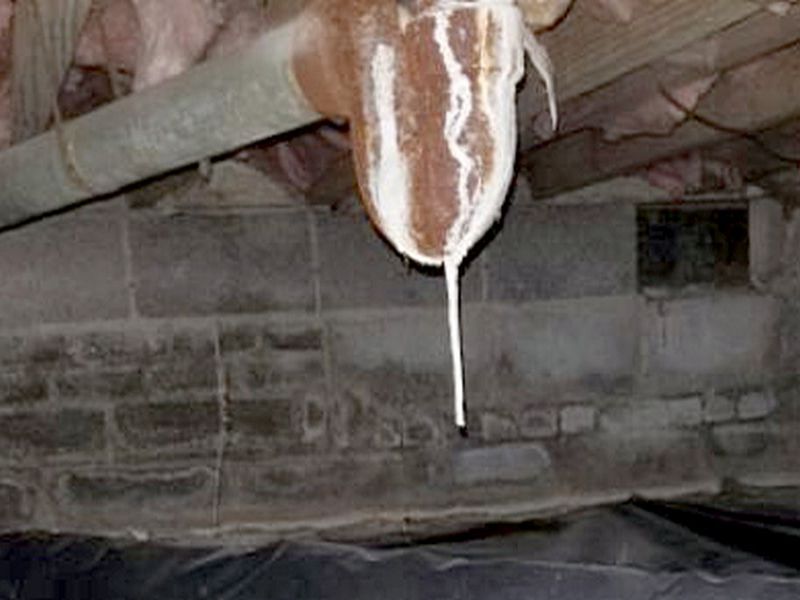
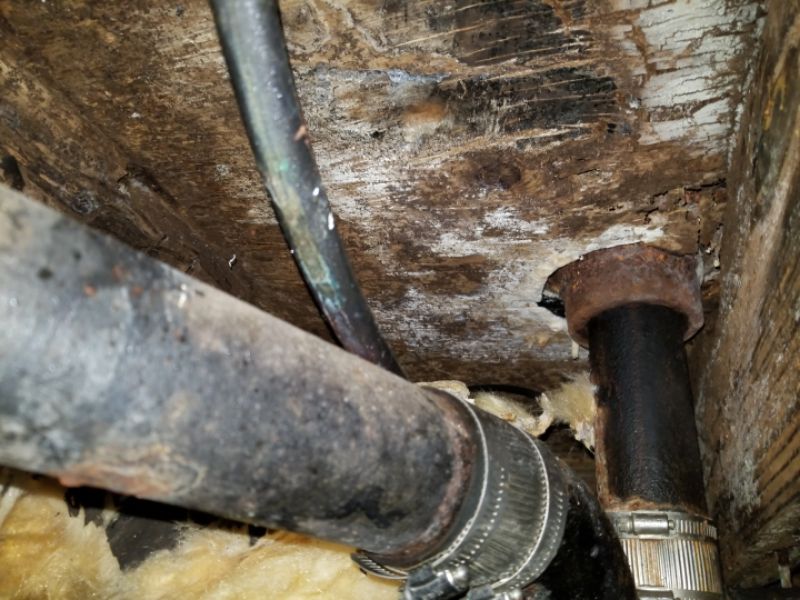
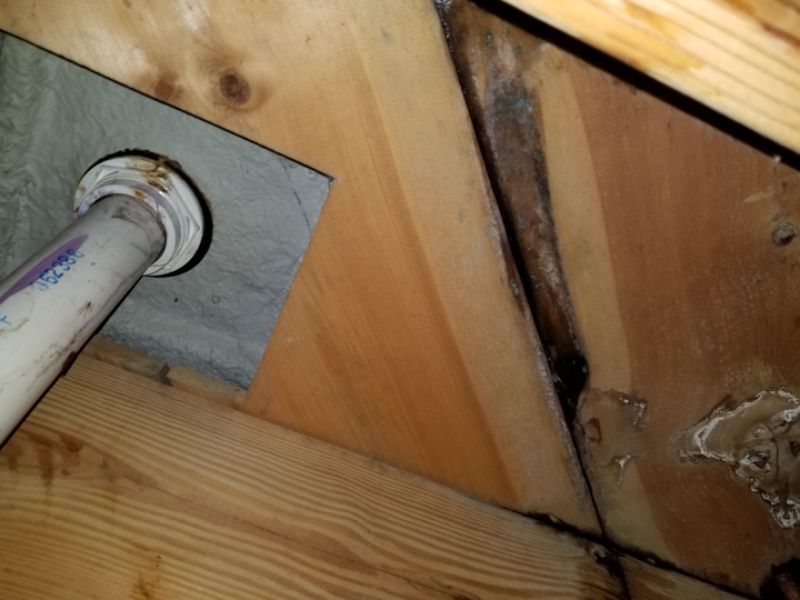
The tub/shower drain is leaking. This can allow water damage. Hire a plumber to repair or replace the drain.
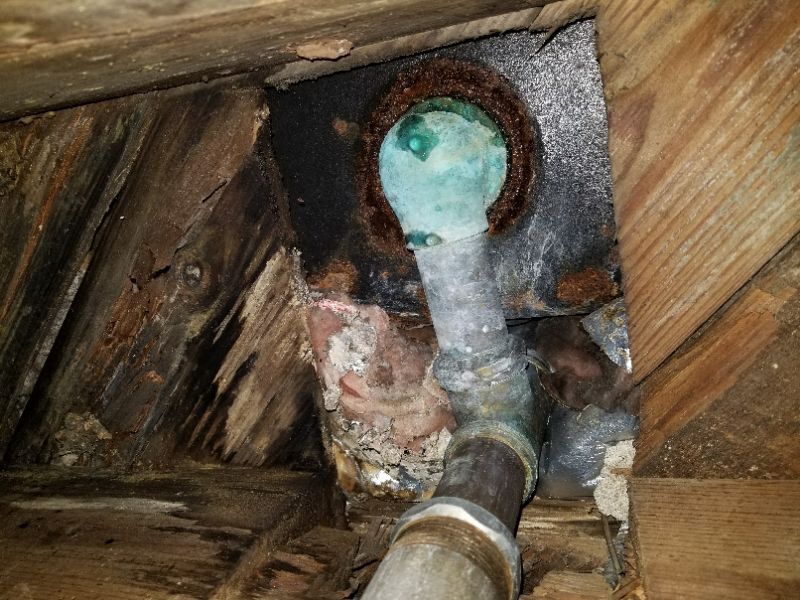
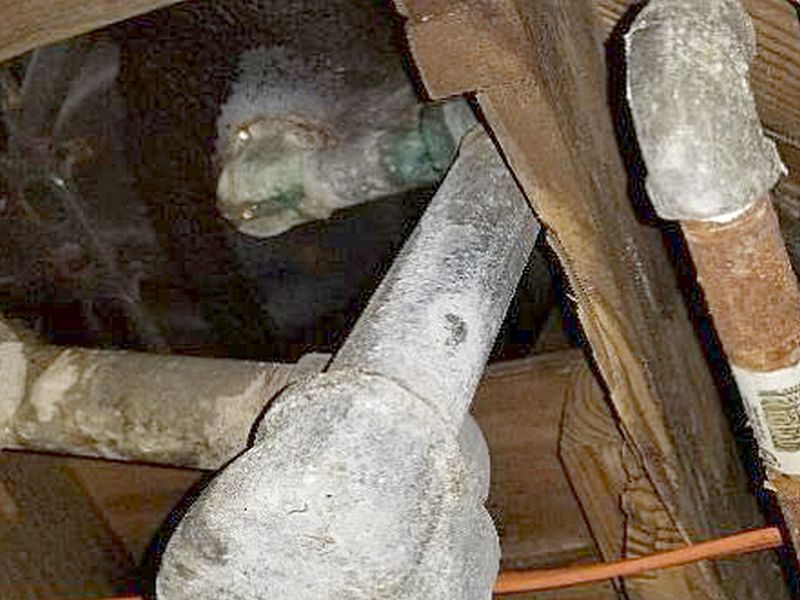
The overflow cover is loose or missing at the tub. This can allow water damage. Repair or replace the cover.
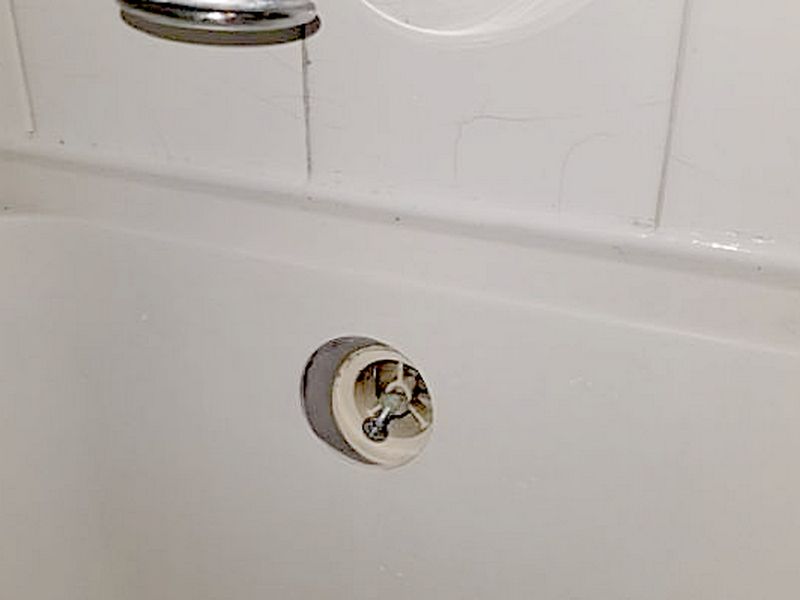
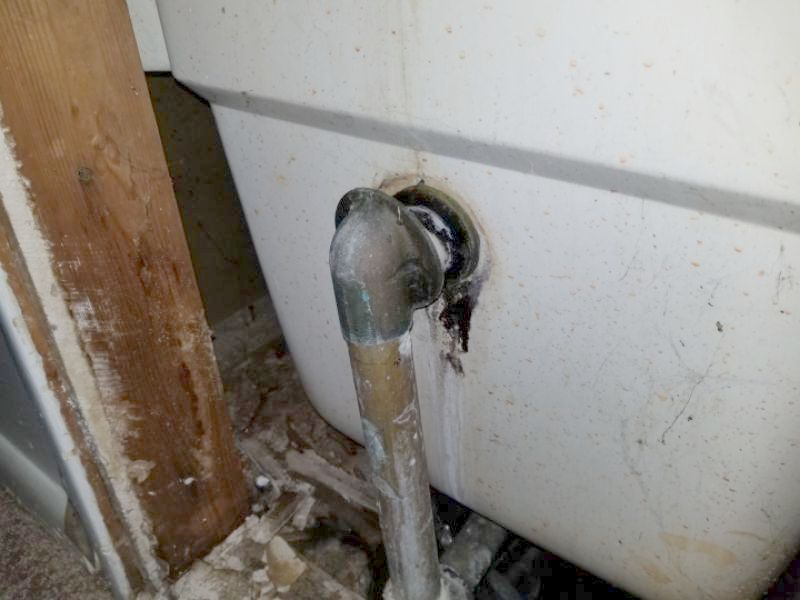
There is no overflow drain at the tub. This can allow water damage, and is a health hazard if siphonage occurs. Hire a plumber to install an overflow drain or replace the tub.
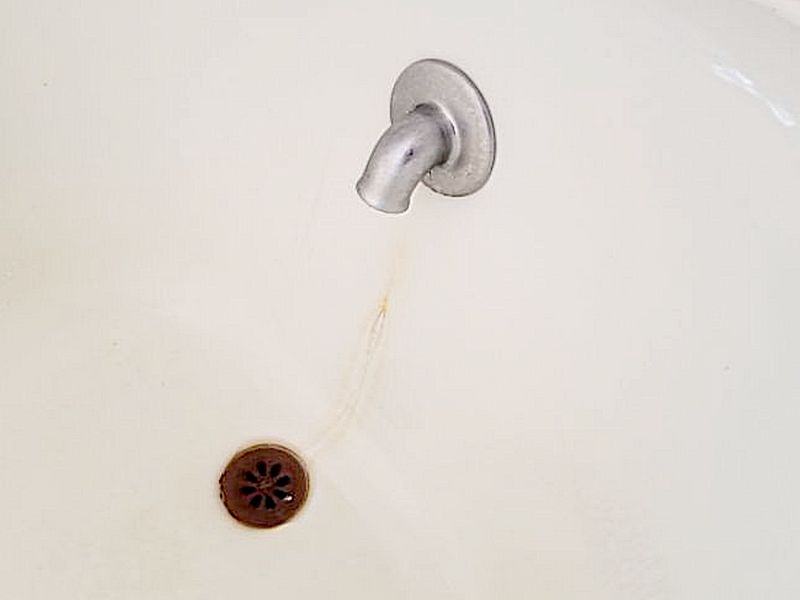
The drain grate is loose or missing. This may cause a personal injury and will encourage drain clogs. Repair or replace the grate.
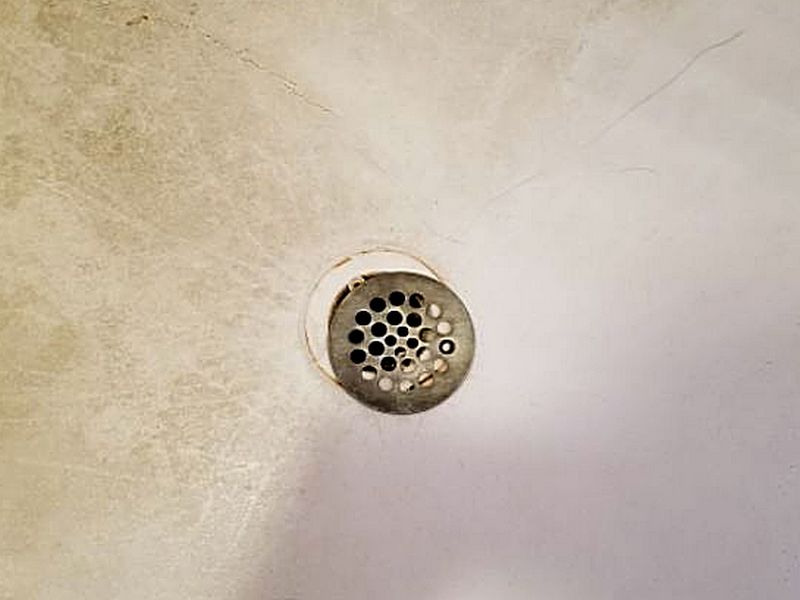
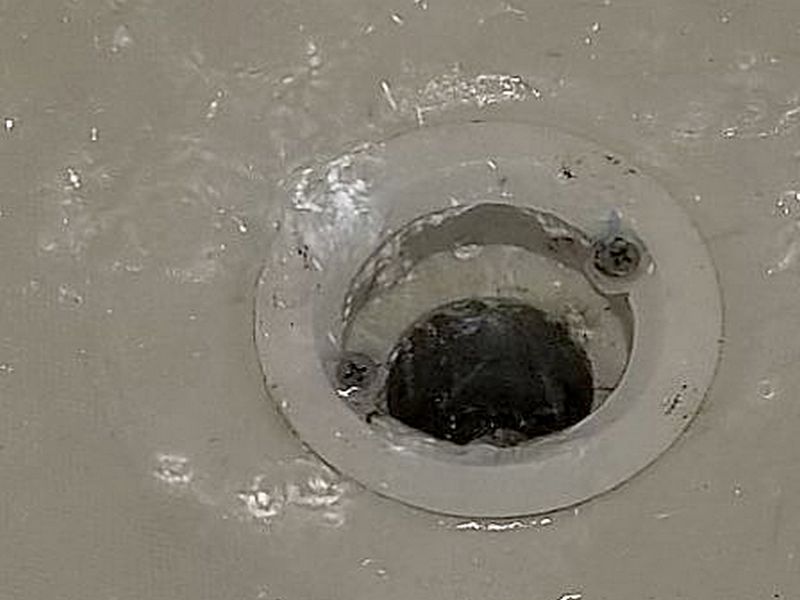
The tub/shower stopper is damaged or missing. This affects proper function. Replace the stopper.
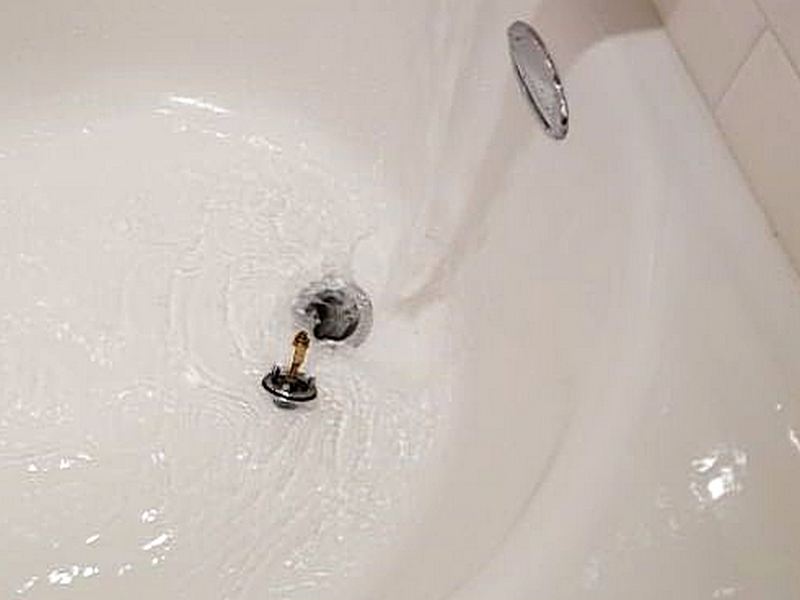
The tub/shower is slow to drain. This prevents proper function. As part of a visual home inspection, the exact condition of the interior of the plumbing pipes cannot be determined. Hire a plumber to evaluate the drain and to make required repairs.
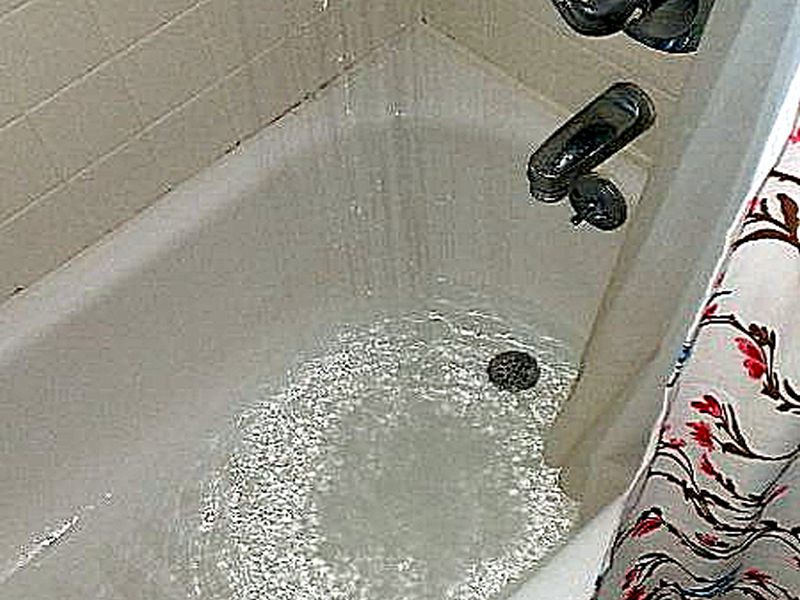
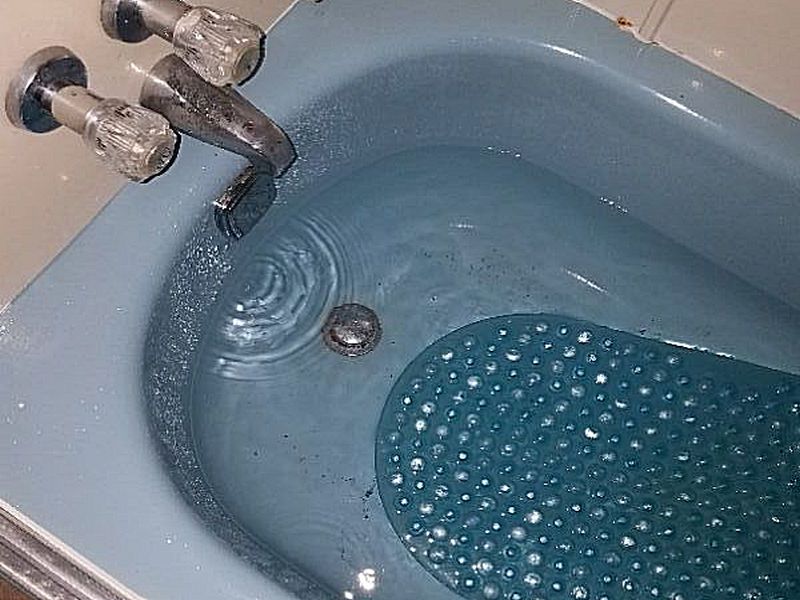
The tub/shower basin is improperly sloped and does not drain completely. Hire a contractor for an evaluation and to provide repairs or replacements as needed.
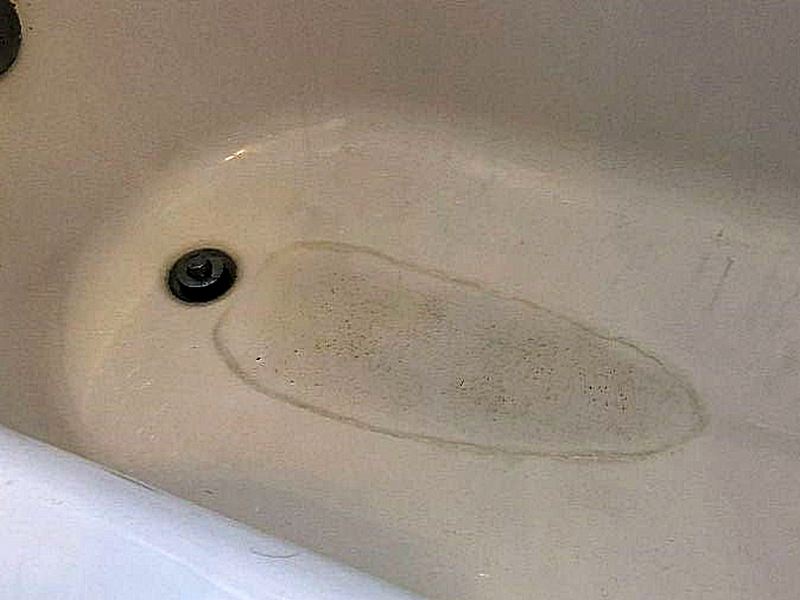
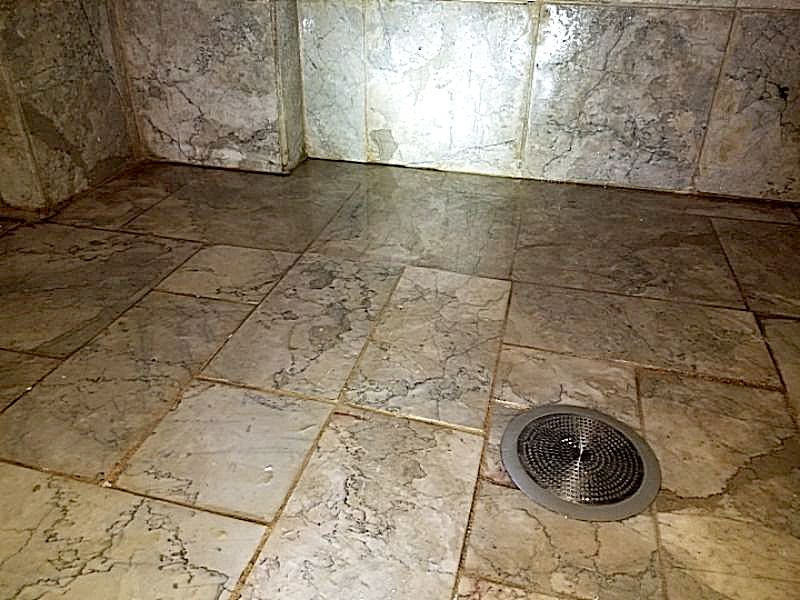
Caulk or grout is deteriorated or missing at the tub/shower area. This permits water penetration and damage. Regrout and recaulk as needed.
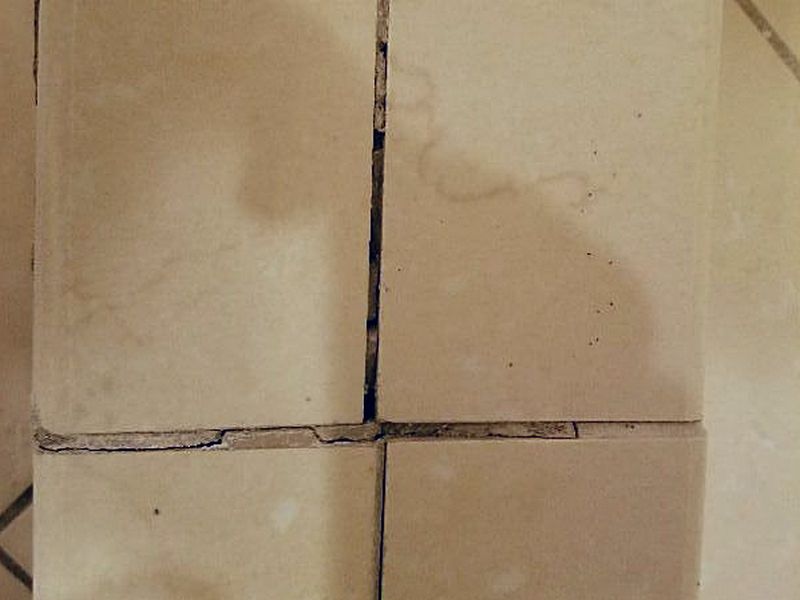
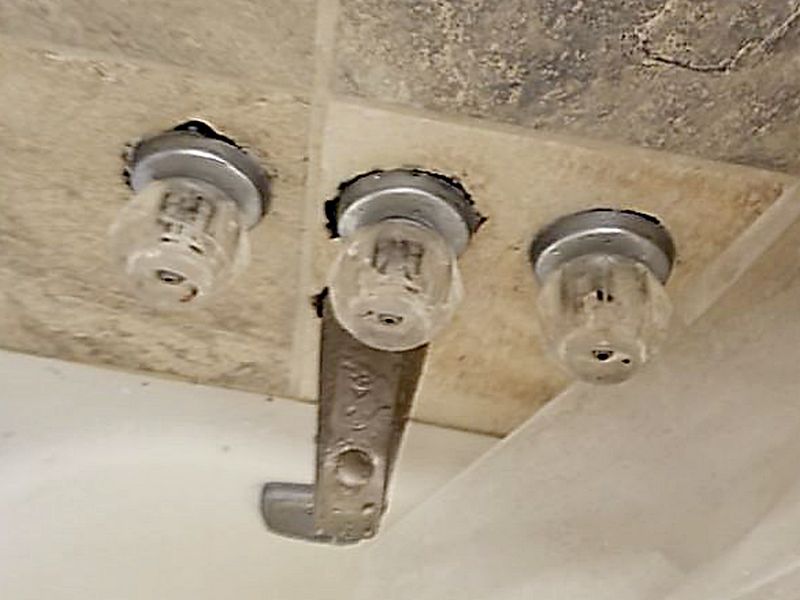
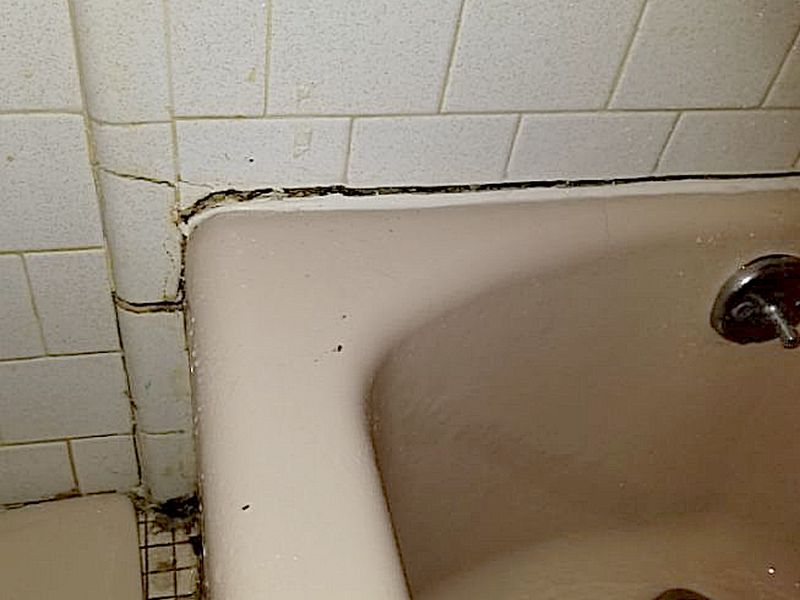
The tub/shower finish is damaged or chipped. Repair or replace the tub/shower as needed.
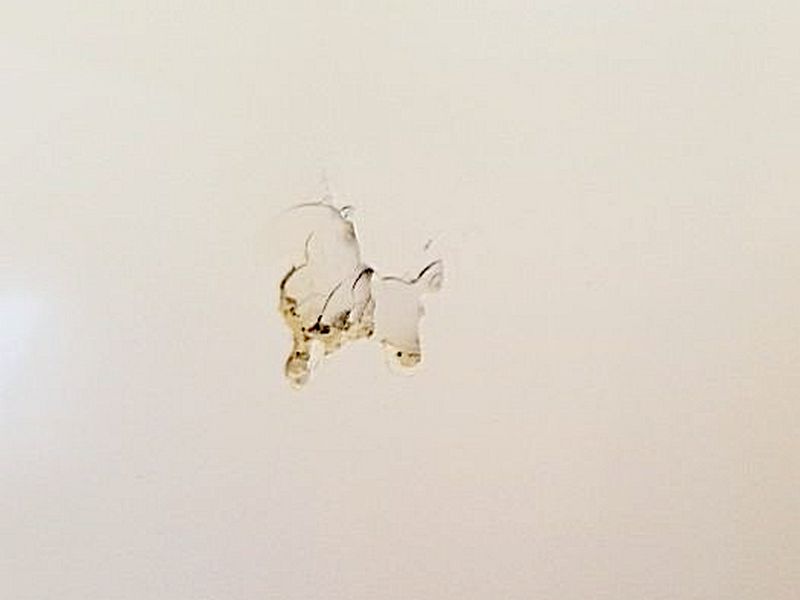
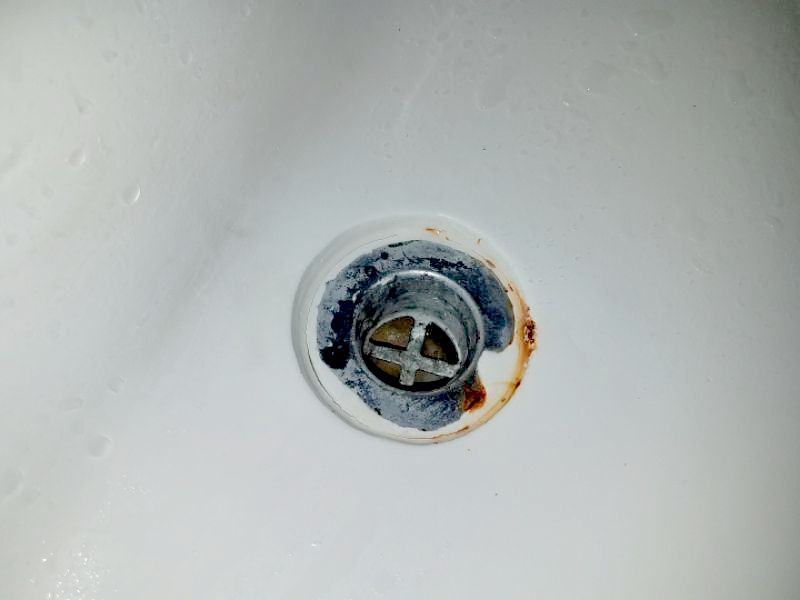
The surround is cracked or damaged. This permits water to penetrate behind the walls. Hidden damage may be present. Repair or replace the surround as needed.
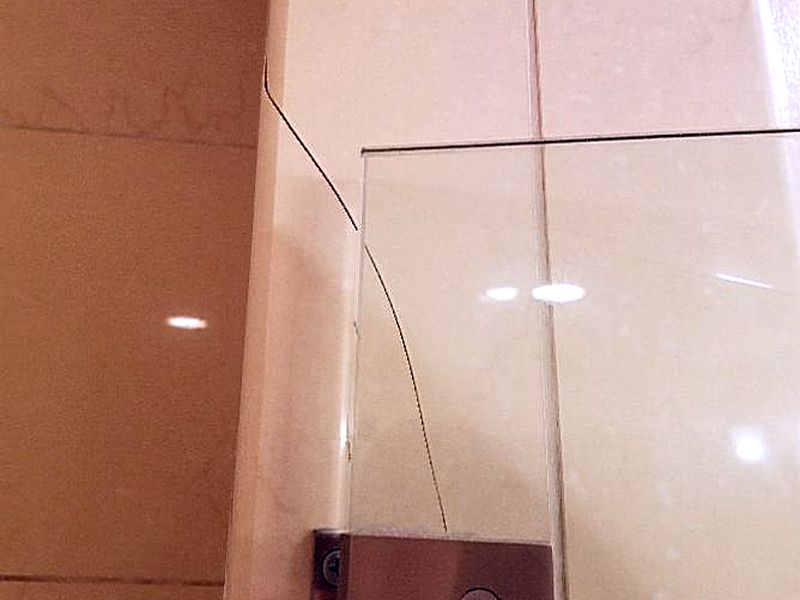
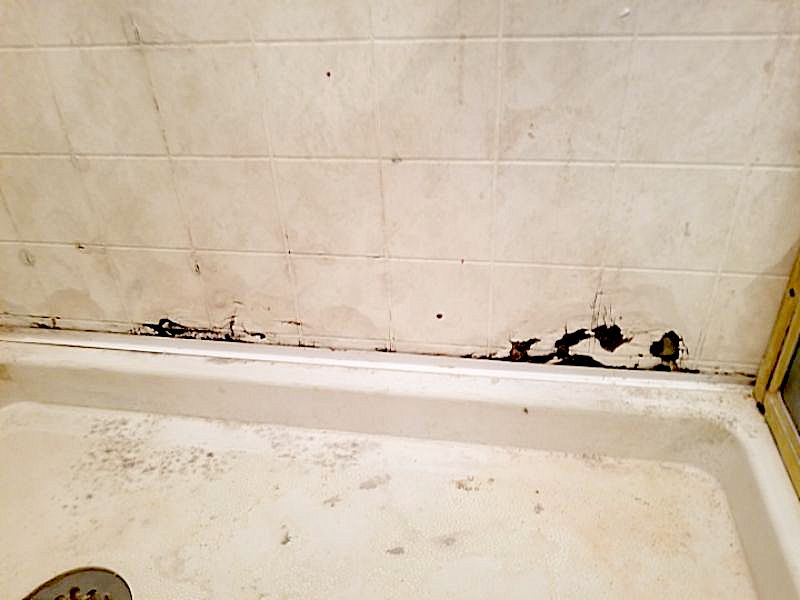
There are loose or damaged tiles in the tub/shower area. This permits water to penetrate behind the walls. Hidden damage may be present. Repair and regrout the tiles.
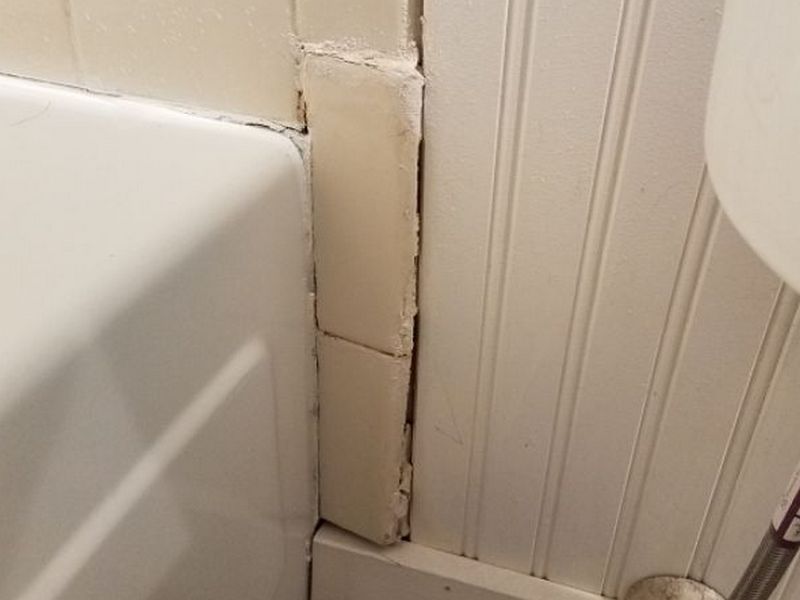
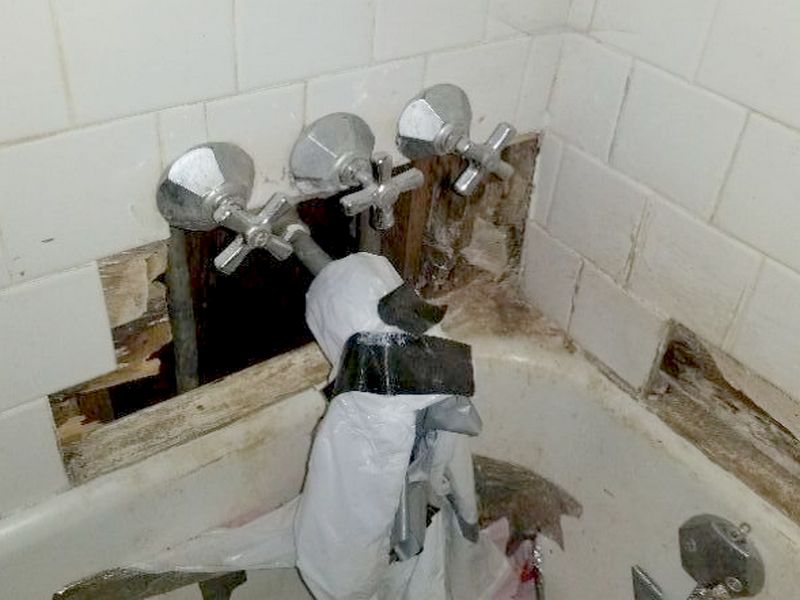
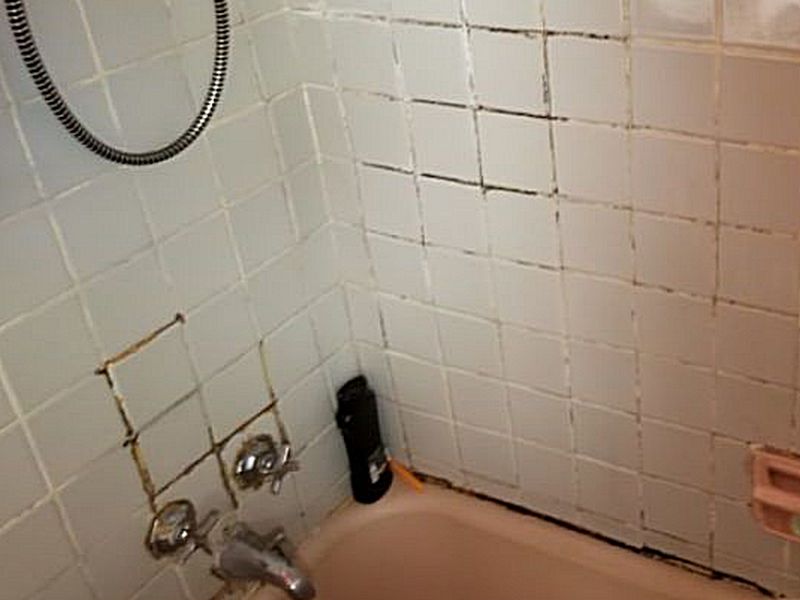
The surround is leaking. This permits water to penetrate behind the walls. Hidden damage may be present. Repair or replace the surround as needed.
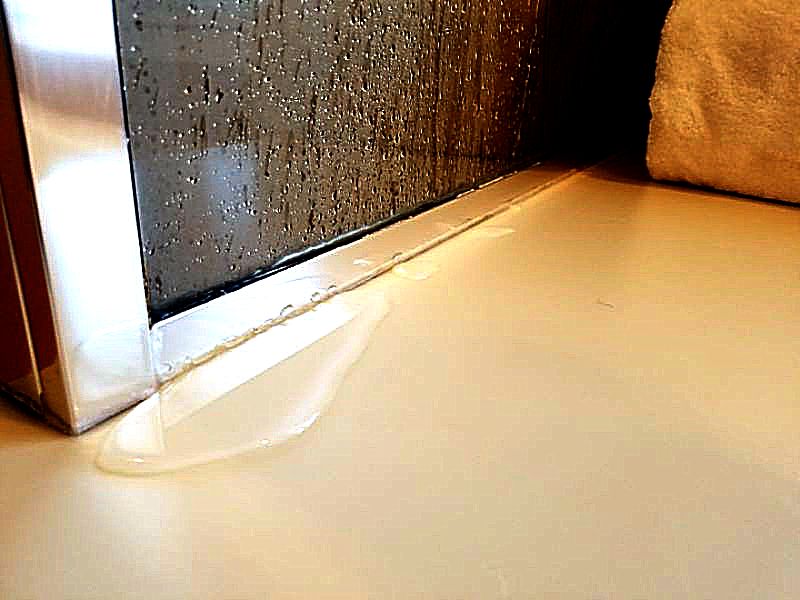
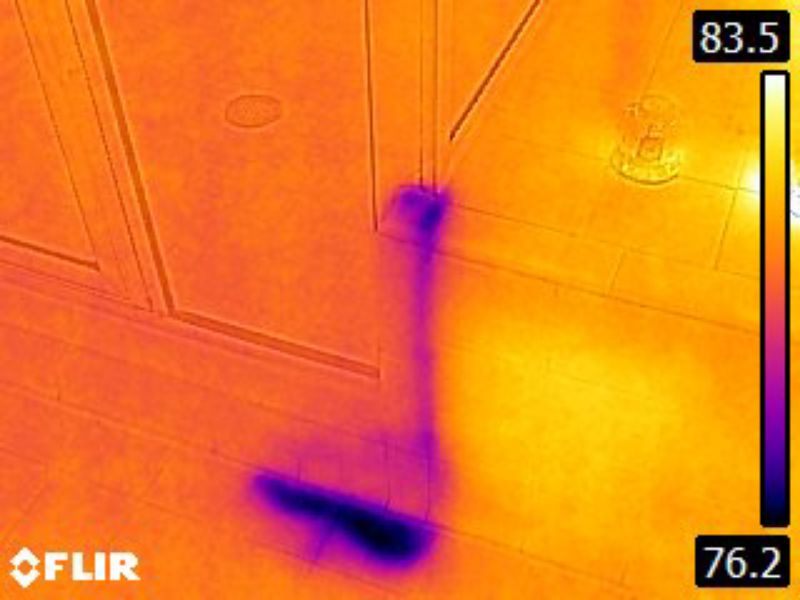
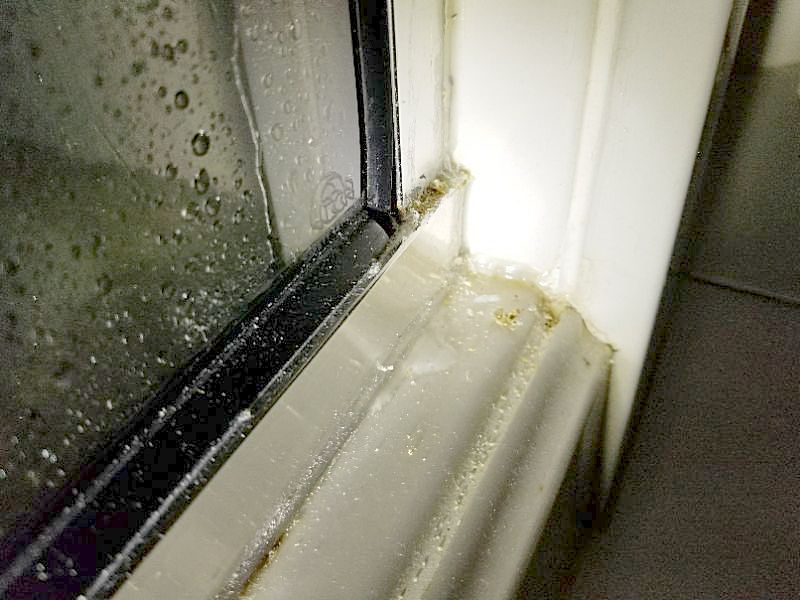
The tub/shower door handle is loose, broken, or missing. This affects proper operation. Replace the door handle.
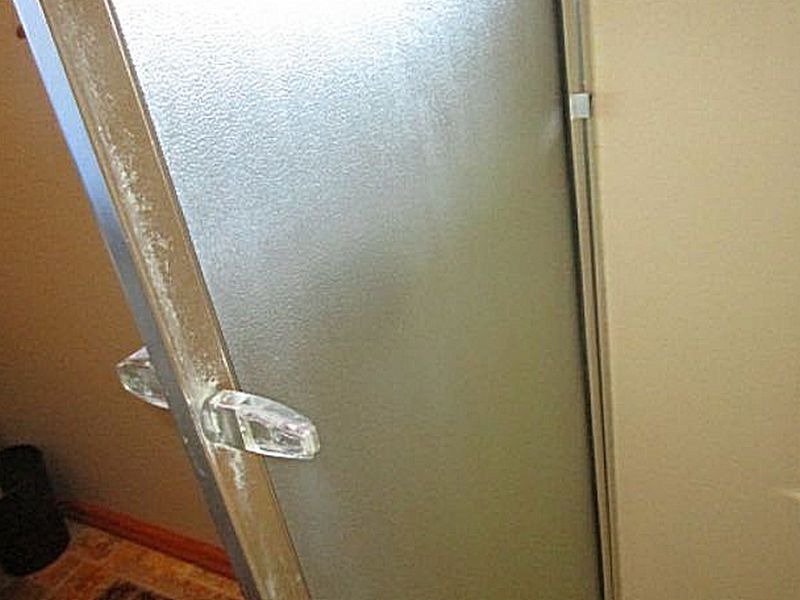
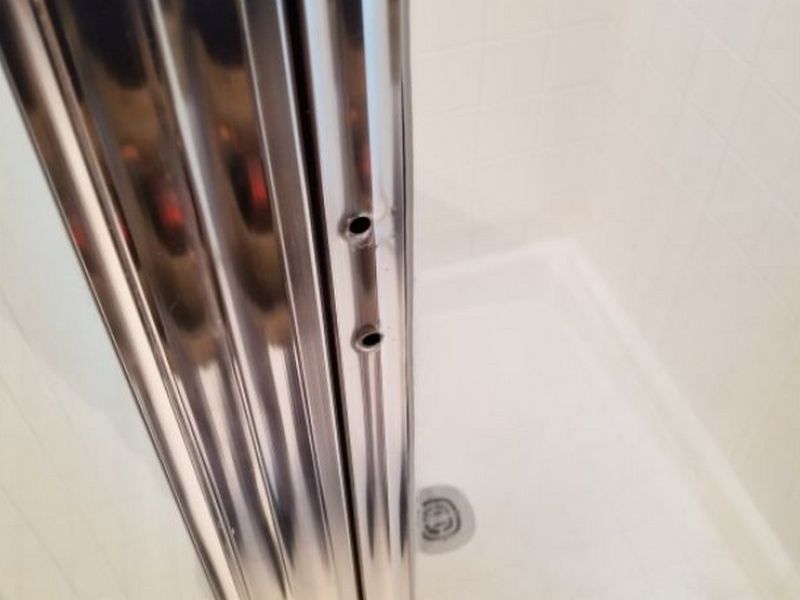
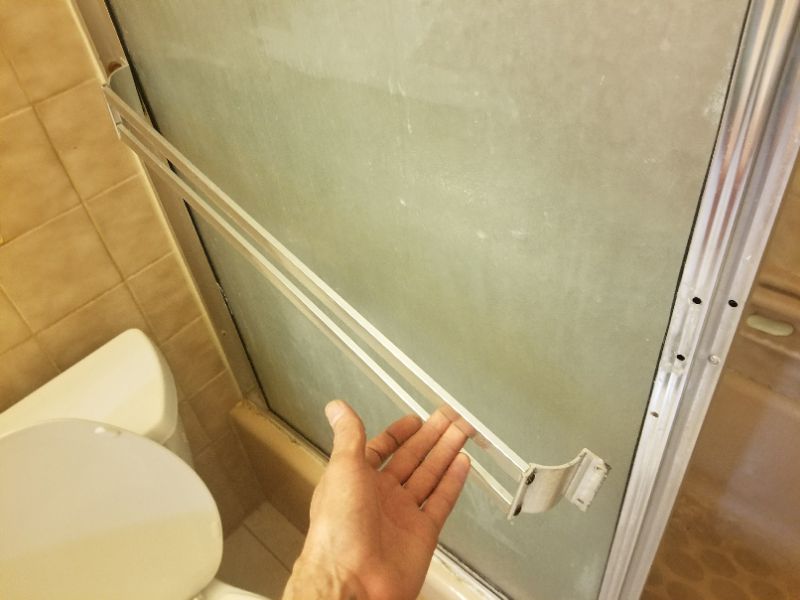
The tub/shower handhold is loose, broken, or missing. This is a safety concern. Replace the handhold.
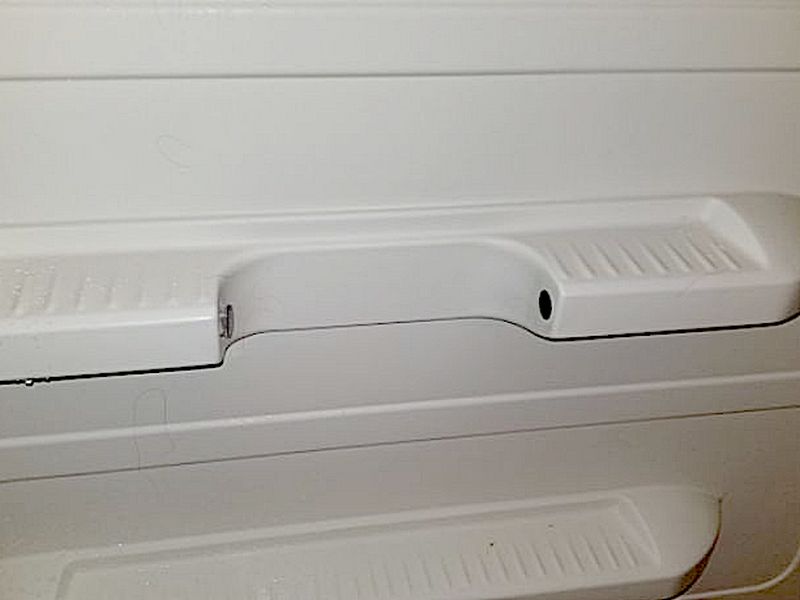
The tub/shower door needs adjustment or is broken. This affects proper operation, and can be a safety hazard. Adjust or replace the door.
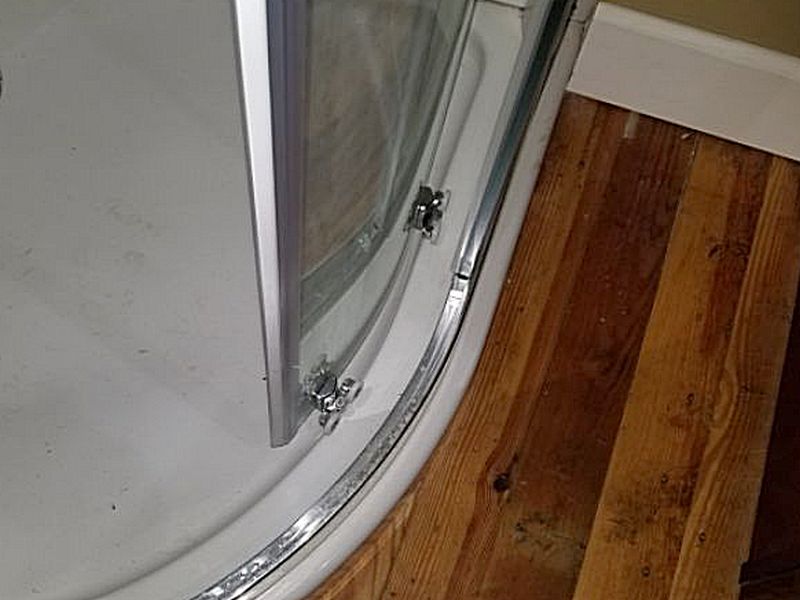
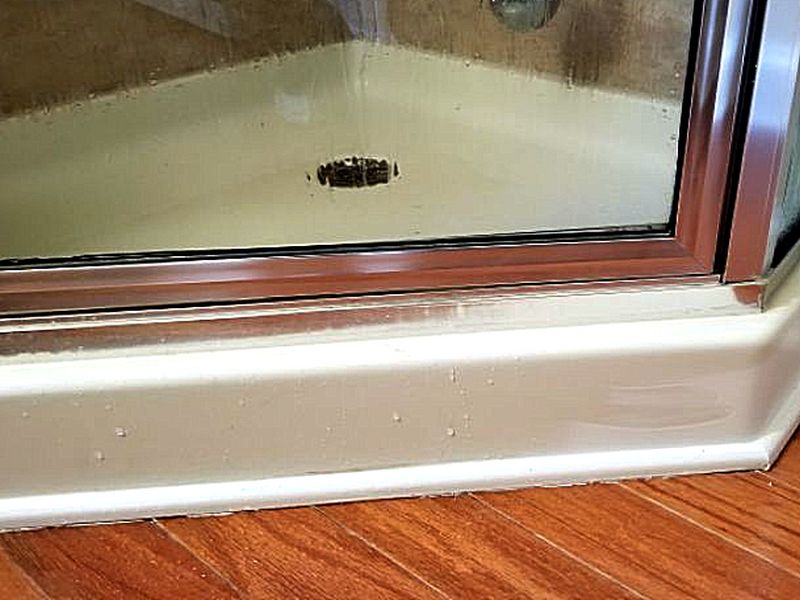
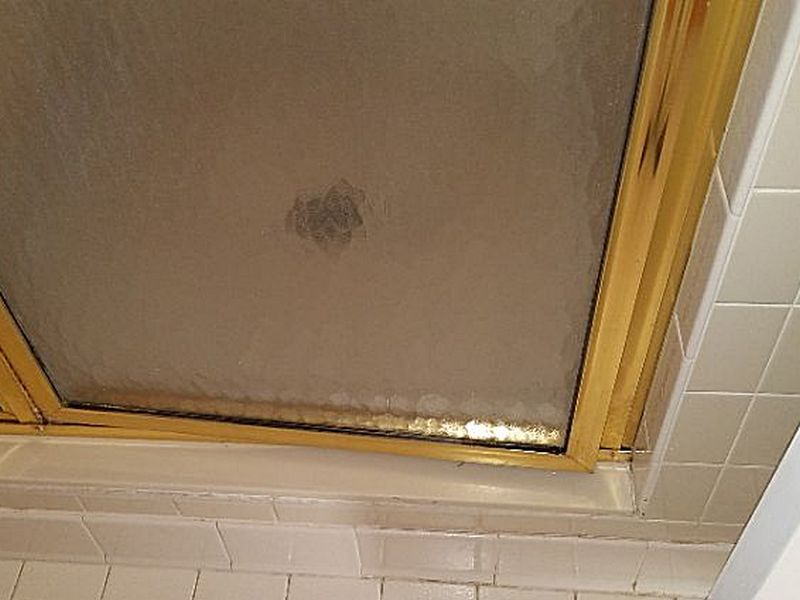
The tub/shower glass is cracked or broken. This is a safety hazard. Replace the glass.
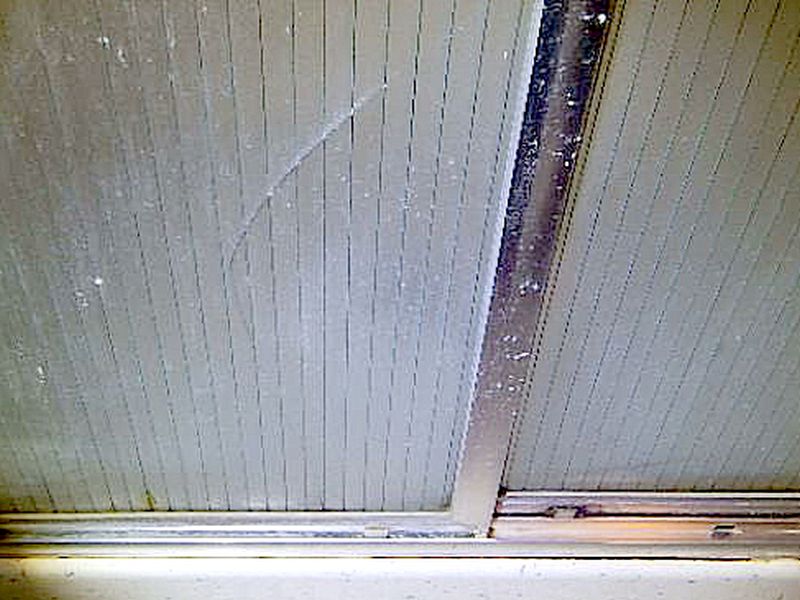
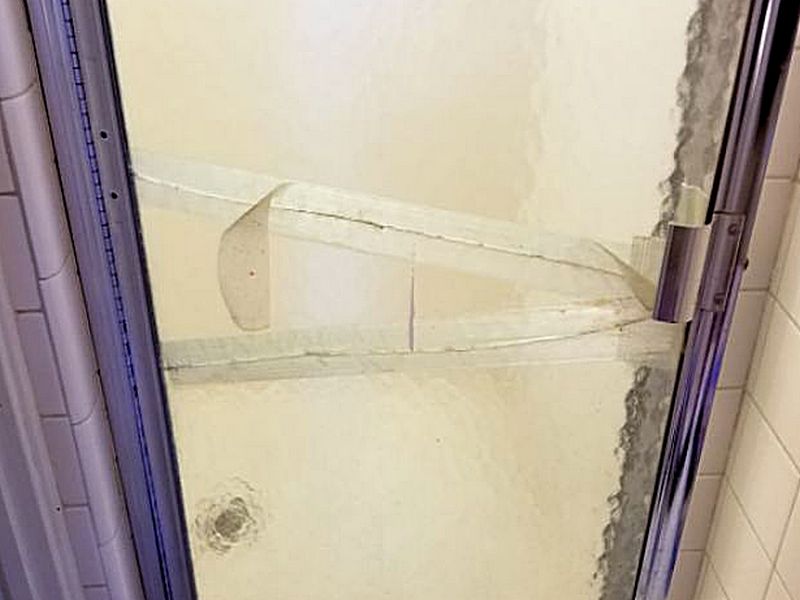
The tub/shower faucet is loose. This affects proper function and may allow leakage. Repair or replace the faucet.
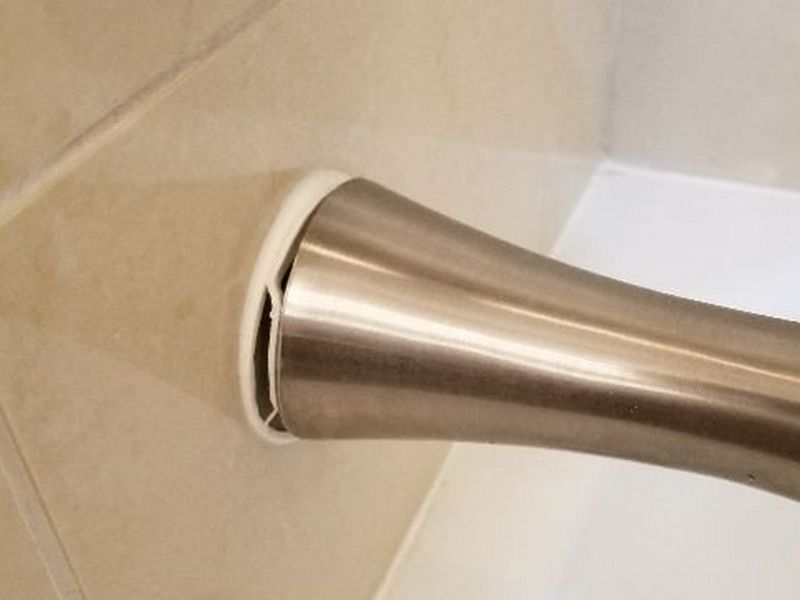
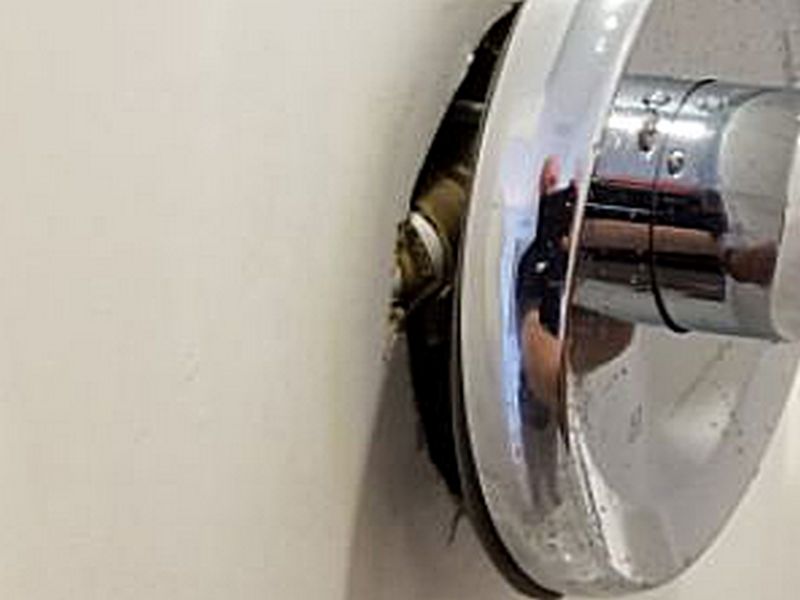
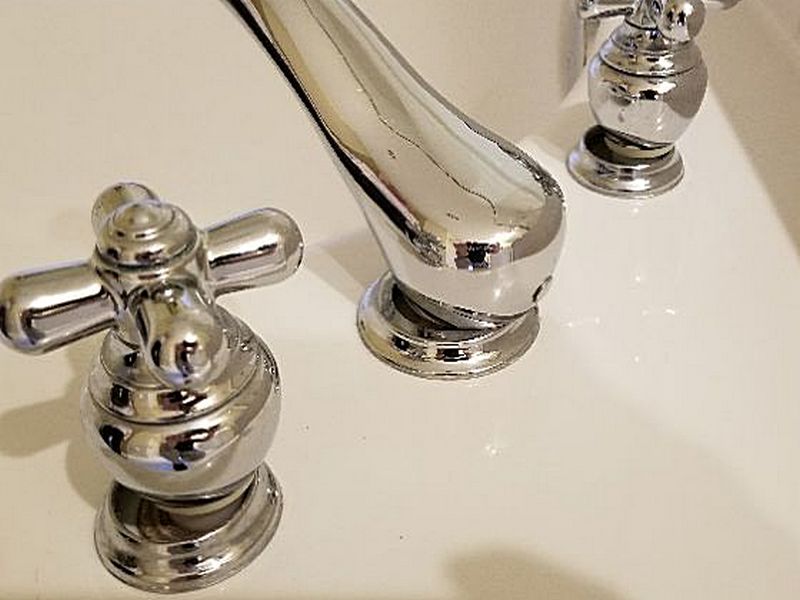
The tub/shower faucet handle is loose, damaged, or missing. This affects proper function. Repair or replace the faucet handle.
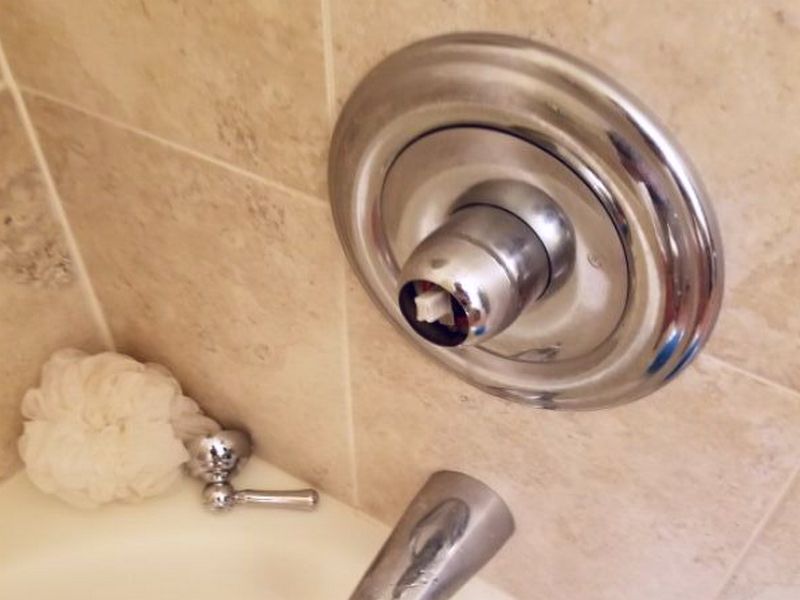
The tub/shower faucet is leaking. This can allow water damage. Repair or replace the faucet.
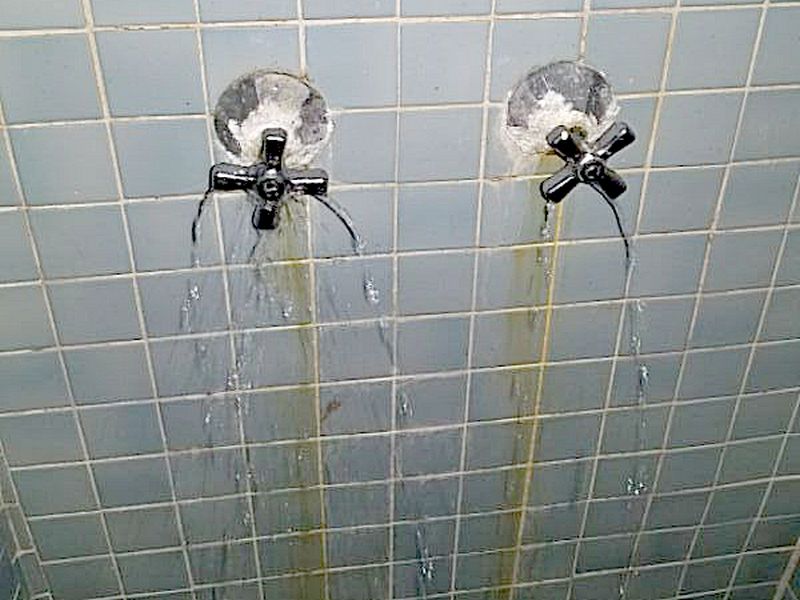

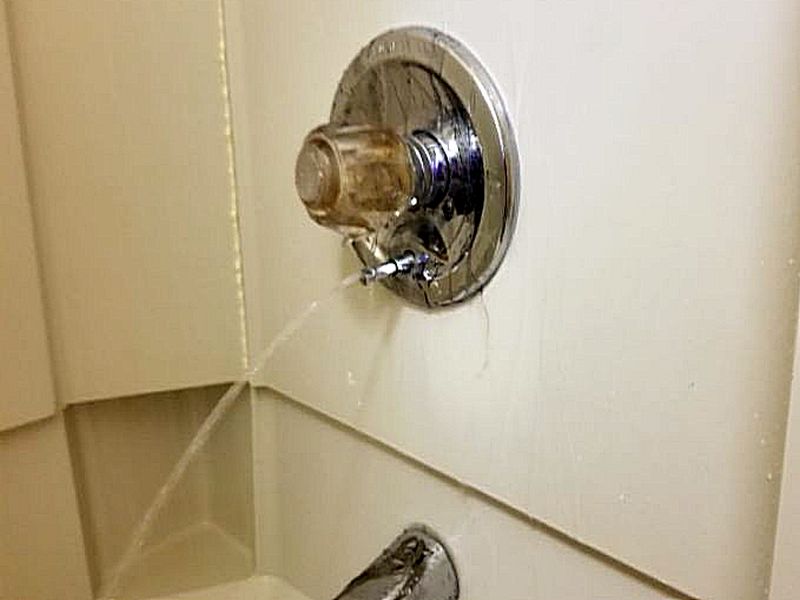
The tub/shower faucet is damaged. This affects proper function and may allow leakage. Repair or replace the faucet.
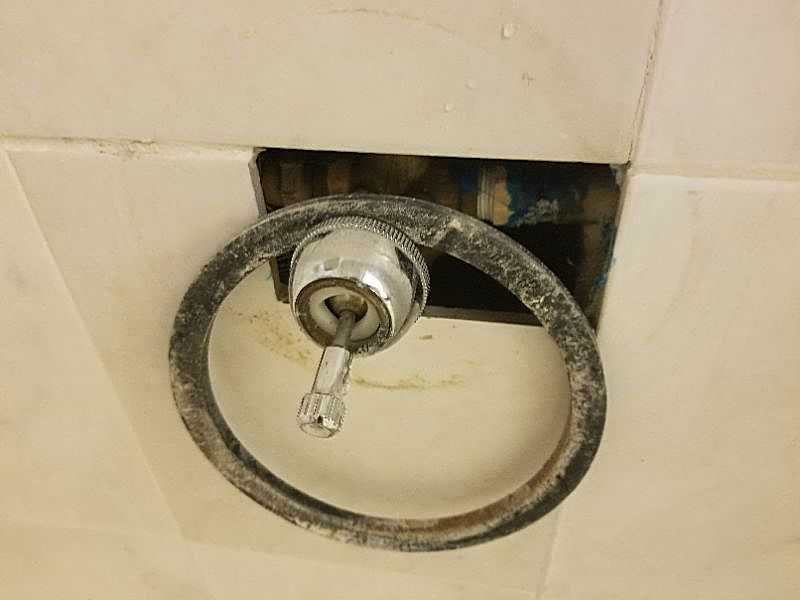
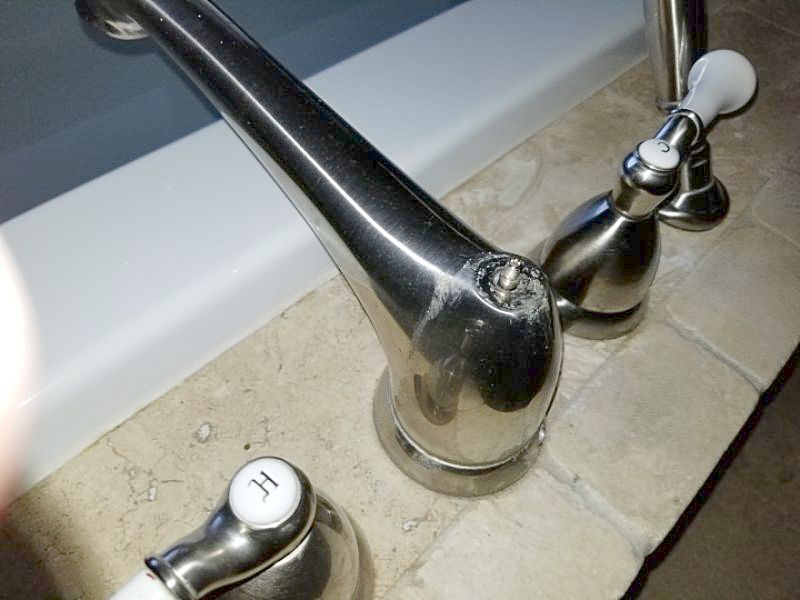
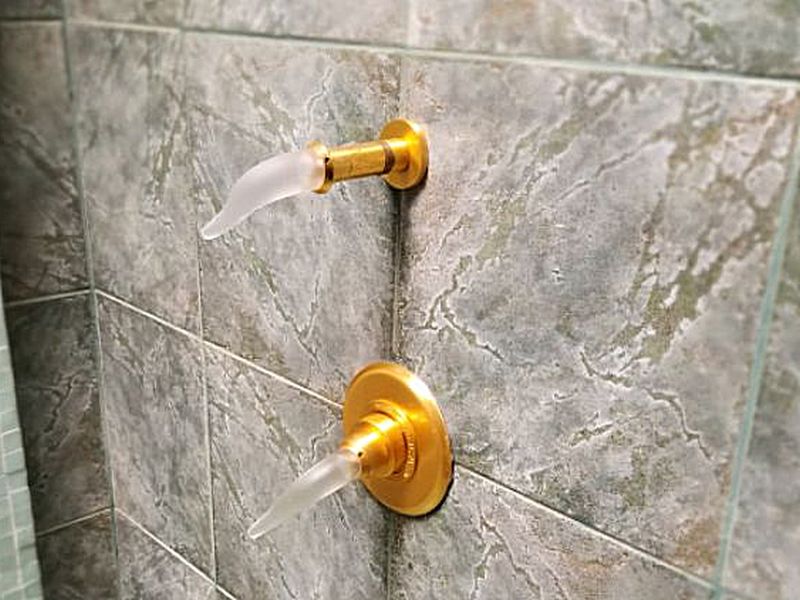
The tub/shower faucet is corroded. This makes the faucet unreliable and may allow leakage. Repair or replace the faucet.
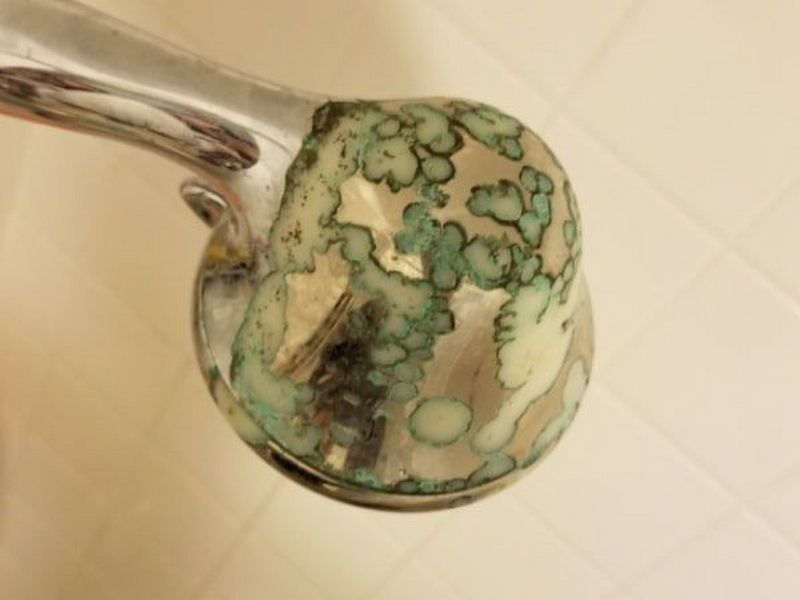
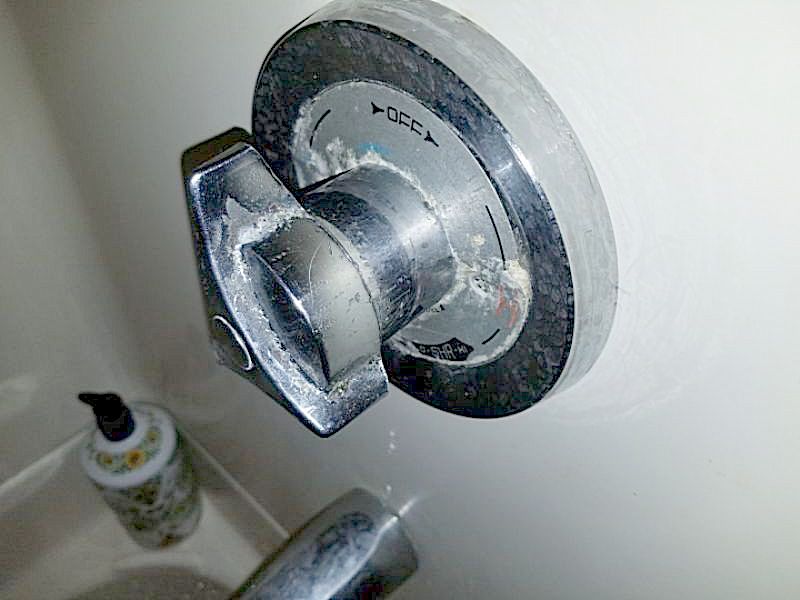
The tub/shower faucet is inoperative. This prevents proper function. Repair or replace the faucet.
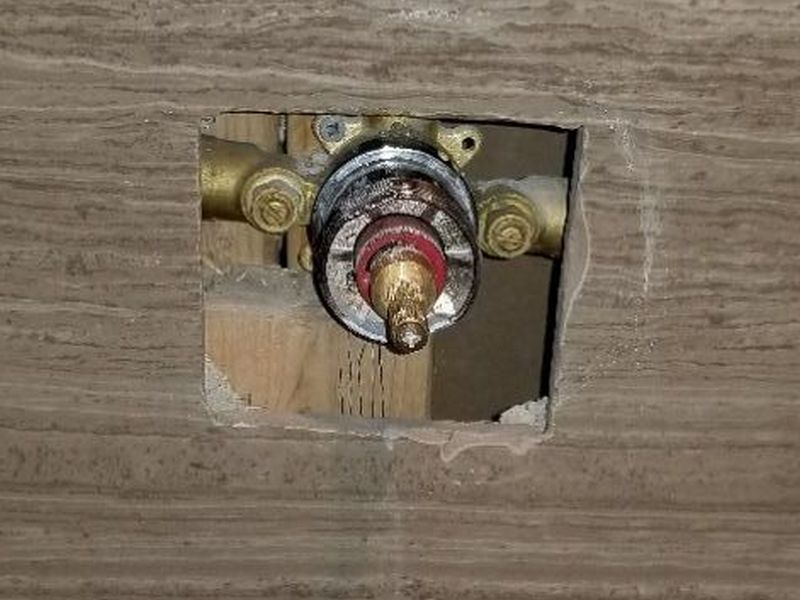
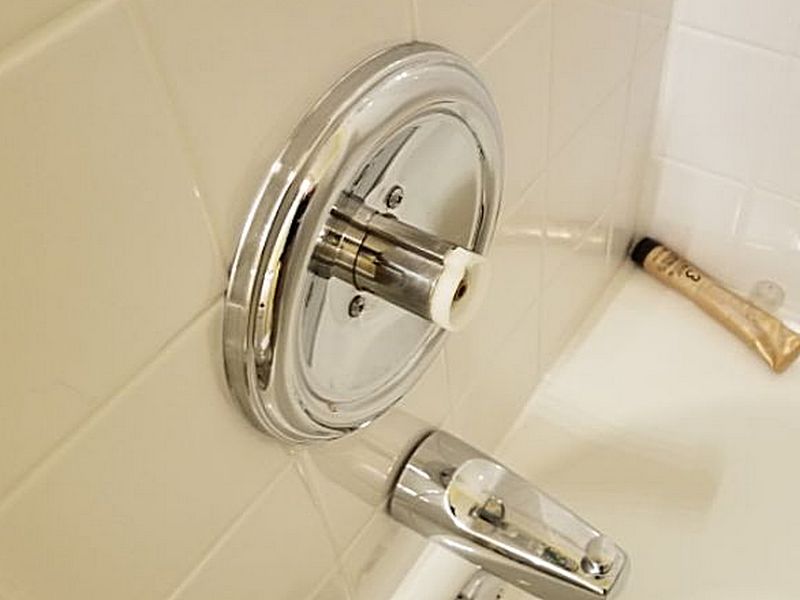
The shower head is loose. This can cause water damage to unprotected areas. Repair or replace the shower head.
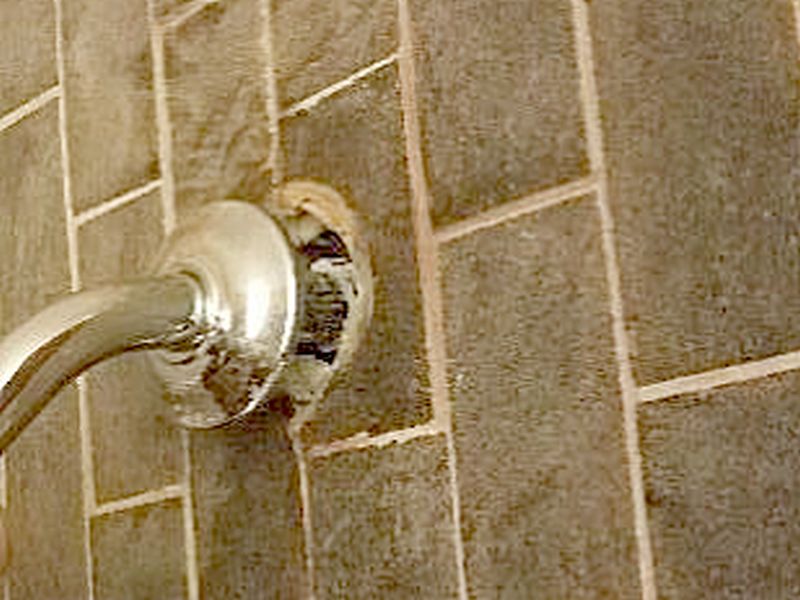
The shower head is leaking. This can cause water damage to unprotected areas. Repair or replace the shower head.
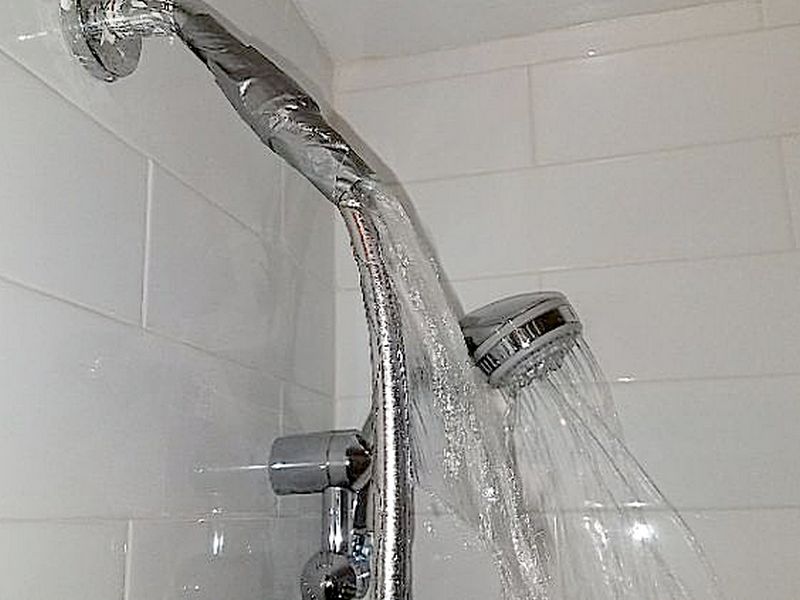
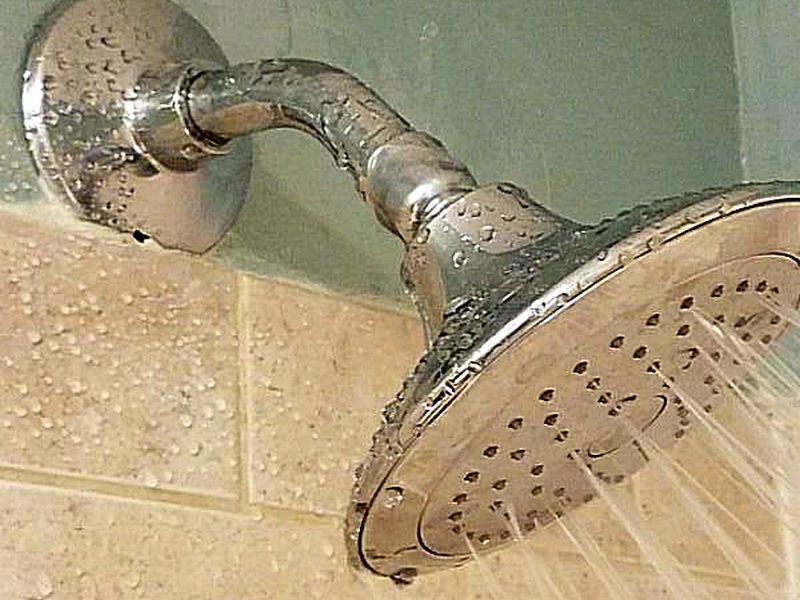
The tub/shower diverter valve is inoperative. This affects proper function. Repair or replace the diverter valve.
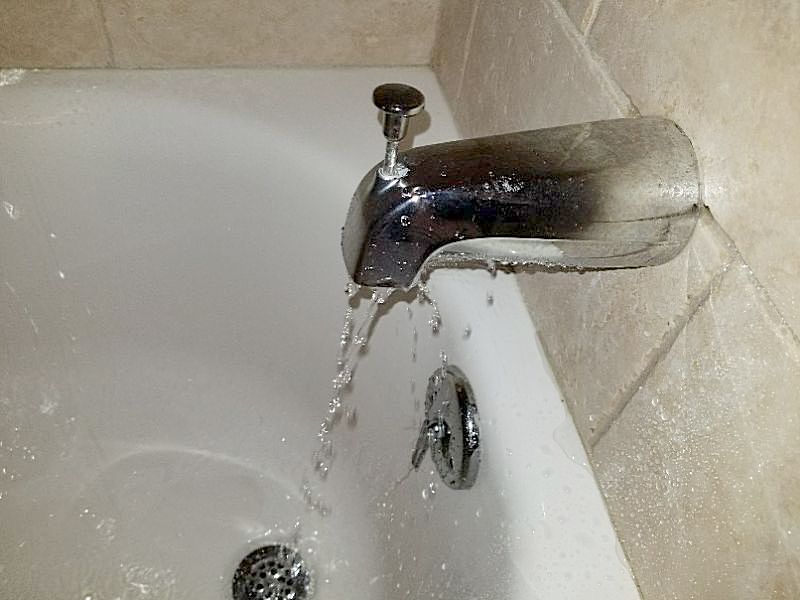
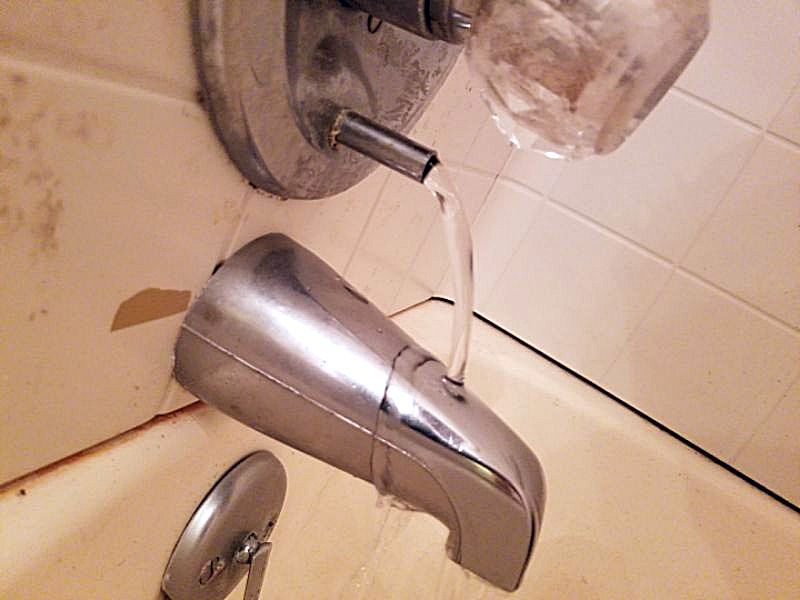
The tub/shower diverter valve is missing. This affects proper shower function. Hire a plumber for repairs as needed.
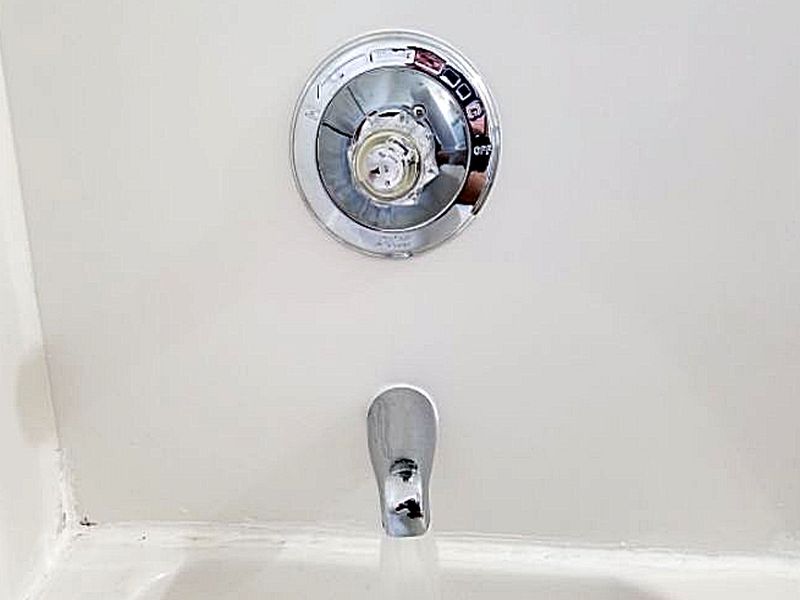
The tub/shower hot and cold water supplies are reversed. This is a safety hazard. Hire a plumber to make the needed repairs.
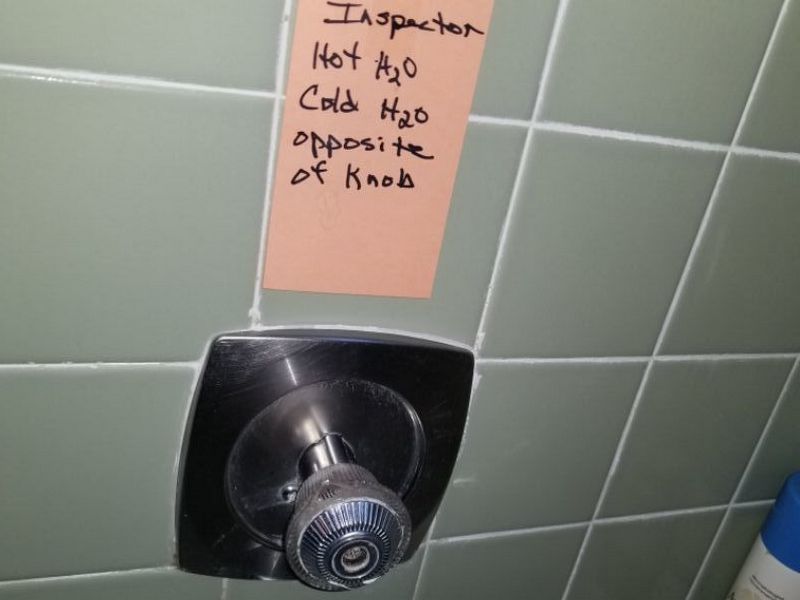
The tub/shower water pressure is too low. This affects proper function. Hire a plumber to evaluate the system and to make required repairs.
